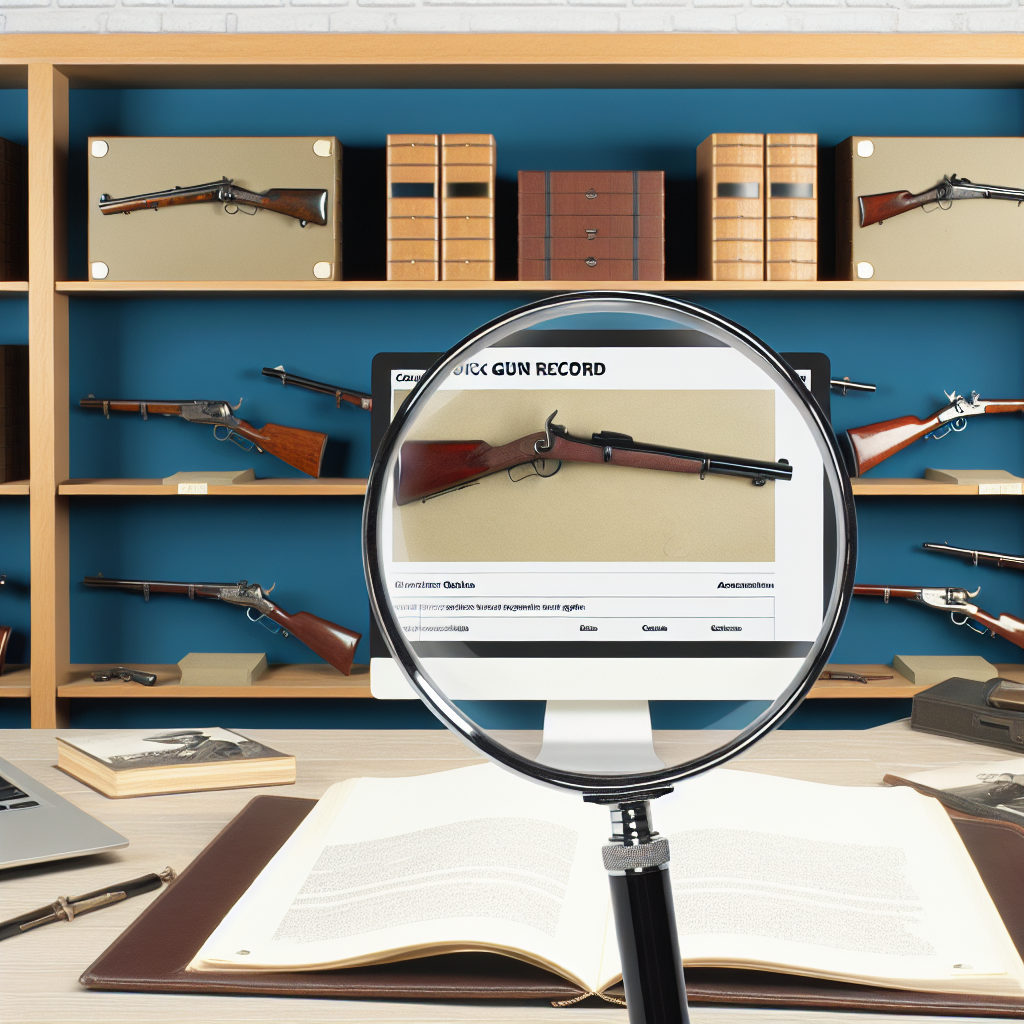The Importance of Documentation in Firearm Collecting

Firearm collecting is a passionate hobby and investment avenue for many enthusiasts around the world. The allure of owning a piece of history, whether it be a Civil War-era musket, a World War II rifle, or a limited-edition modern handgun, draws collectors into a unique community. However, beyond the thrill of acquisition lies the critical aspect of documentation — an often overlooked but essential element in preserving value, authenticity, and legal compliance.
This article explores why documentation is vital in firearm collecting, providing insights into historical preservation, legal considerations, valuation, and even personal safety. Through examples, statistics, and practical advice, collectors will understand how proper record-keeping can enhance their experience and protect their investments.
Understanding the Role of Documentation in Firearm Collecting
At its core, documentation refers to maintaining detailed records related to each firearm in a collection. This includes acquisition details, provenance (the firearm’s history), maintenance logs, legal paperwork such as permits and registrations, and any restoration or modification records. Proper documentation serves multiple purposes:
- Authentication: Confirms the firearm’s origin and legitimacy.
- Historical Preservation: Provides context about the firearm’s role and significance.
- Legal Compliance: Ensures adherence to laws governing ownership and transfer.
- Valuation: Helps establish fair market value for insurance or sale.
- Maintenance Tracking: Aids in preserving the firearm’s condition over time.
Without thorough documentation, collectors risk owning items whose provenance is questionable or incomplete. This can lead to diminished value or legal troubles if ownership cannot be clearly established.
The Historical Significance: Preserving Legacy Through Documentation
Firearms are more than mere weapons; they are tangible artifacts that embody historical moments. For instance, a Colt M1911 pistol used by American soldiers during World War I carries not just mechanical value but also immense historical importance. Documenting such firearms with detailed histories enhances their significance.
A well-documented firearm might include information such as:
- Date and place of manufacture
- Makers’ marks and serial numbers
- Previous owners (especially if notable figures)
- Battlefield or event involvement
- Restoration records
This level of detail transforms a gun from an anonymous object into a story-rich artifact. Museums and auction houses frequently require extensive provenance before accepting firearms for display or sale. For example, during the auction of historic firearms at Sotheby’s in 2019, pieces with well-documented backgrounds fetched prices up to 30% higher than similar undocumented items.
A famous case involves President John F. Kennedy’s Colt Model 1908 Vest Pocket pistol. Its value skyrocketed due to its direct association with Kennedy and meticulous documentation confirming its authenticity and history.
Legal Documentation: Navigating Complex Ownership Laws
The legal landscape surrounding firearms is complex and varies significantly by country, state, and even municipality. Proper documentation is critical to ensure compliance with these laws and avoid serious legal repercussions.
Key legal documents that collectors should maintain include:
- Purchase receipts: Proof of legitimate acquisition from licensed dealers or individuals.
- Registration certificates: Where applicable by jurisdiction.
- Permits and licenses: Required for ownership or carrying certain types of firearms.
- Transfer paperwork: Bills of sale or transfer forms when selling or gifting firearms.
- NFA paperwork (in the U.S.): For regulated items like suppressors or short-barreled rifles under the National Firearms Act.
A survey conducted by the Bureau of Alcohol, Tobacco, Firearms and Explosives (ATF) found that approximately 15% of confiscated firearms were missing proper documentation at the time of seizure. This highlights how gaps in record-keeping can result in enforcement actions against owners who may otherwise be law-abiding citizens.
The consequences for failing to maintain required paperwork can range from fines to criminal charges depending on jurisdictional regulations. In some cases, undocumented firearms may be confiscated permanently with no possibility of reclamation by their owners.
The Financial Perspective: Enhancing Value Through Accurate Records
A well-maintained collection with comprehensive documentation tends to hold greater financial value compared to undocumented collections. Buyers at auctions or private sales often demand proof of authenticity before bidding significant sums.
A few financial benefits derived from proper documentation include:
- Easier appraisal process: Professional appraisers rely on documented provenance to assign accurate values.
- Increased resale potential: Verified histories attract more buyers willing to pay premium prices.
- Smoother insurance claims: Detailed inventories simplify claims after theft or damage incidents.
An illustrative example comes from an auction house specializing in militaria where two identical Mauser rifles were sold – one with full historical documentation fetched $8,500 while the other without sold for less than half at $3,900. This disparity underscores how crucial proper records are for maximizing return on investment within firearm collecting circles.
<h2




